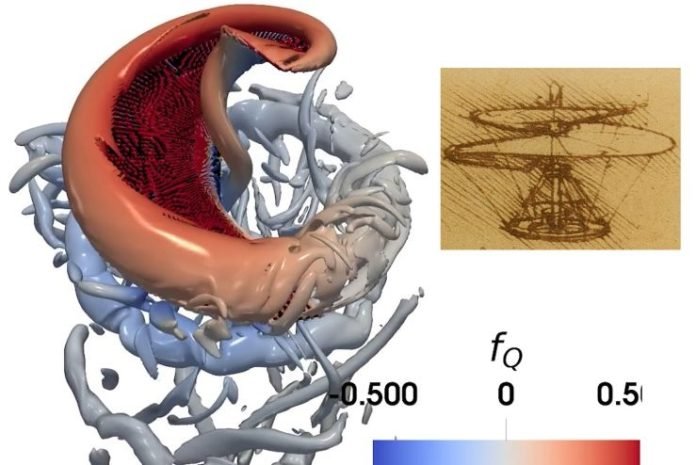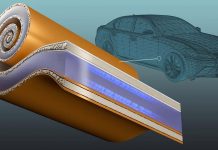
Every year, the buzzing of drones as they fly becomes a bigger problem, with complaints about the noise increasing in places like the United States, Canada, and England.
As drones get used more for delivering packages, taking photos, and helping in emergencies, the noise they make is becoming a bigger issue.
But what if the solution to this noisy problem has been around for over 500 years?
A team of engineers from Johns Hopkins University, led by Professor Rajat Mittal, has found inspiration in a design by the famous inventor Leonardo da Vinci.
Da Vinci’s “aerial screw,” thought to be an early version of today’s helicopters, might just help make drones quieter.
The team’s research, titled “Aeroacoustics of Unconventional Drone Rotors – From Leonardo da Vinci’s Designs to Toroidal Loops,” shares their findings on how this old design could change modern drones.
The idea was simple: see if da Vinci’s design could lead to drones that don’t make as much noise. Drones typically make a lot of noise because of their propellers.
The ends of these propellers create mini whirlwinds, which clash with the air and make that familiar buzzing sound. Some newer propeller designs try to reduce this noise, but Mittal’s team wondered if da Vinci’s unique, screw-like propeller could be even quieter.
To test this, the researchers built a 3D model of the aerial screw, using details from a project by aerospace students at the University of Maryland. They then used special simulation software to predict how air would flow around this propeller and how much noise it would make.
Their findings were intriguing. At first, it seemed da Vinci’s propeller was a bit louder than modern loop propellers.
But, it also created more lift – the force needed to keep a drone in the air. When they adjusted their calculations to compare the noise levels when producing the same amount of lift, da Vinci’s design came out on top. It was quieter.
The team isn’t stopping there. They plan to run more simulations to see if the propeller can stay quiet even on bigger drones flying at higher speeds.
They’re cautious, though, noting that while da Vinci’s design might reduce noise, it might not be as efficient aerodynamically as current propellers. Parts of the spiral design can’t all be optimized for lift, which could mean a trade-off between being quieter and using more power.
Despite these challenges, the potential benefits for noise reduction are clear. In a world where drones are becoming a part of everyday life, finding ways to reduce their impact on our ears without sacrificing their usefulness is crucial.
This blend of historical inspiration and modern technology could lead us to a future where drones do their jobs quietly, thanks to a design from the past. Leonardo da Vinci’s innovative spirit, it seems, still has much to offer the world of tomorrow.



